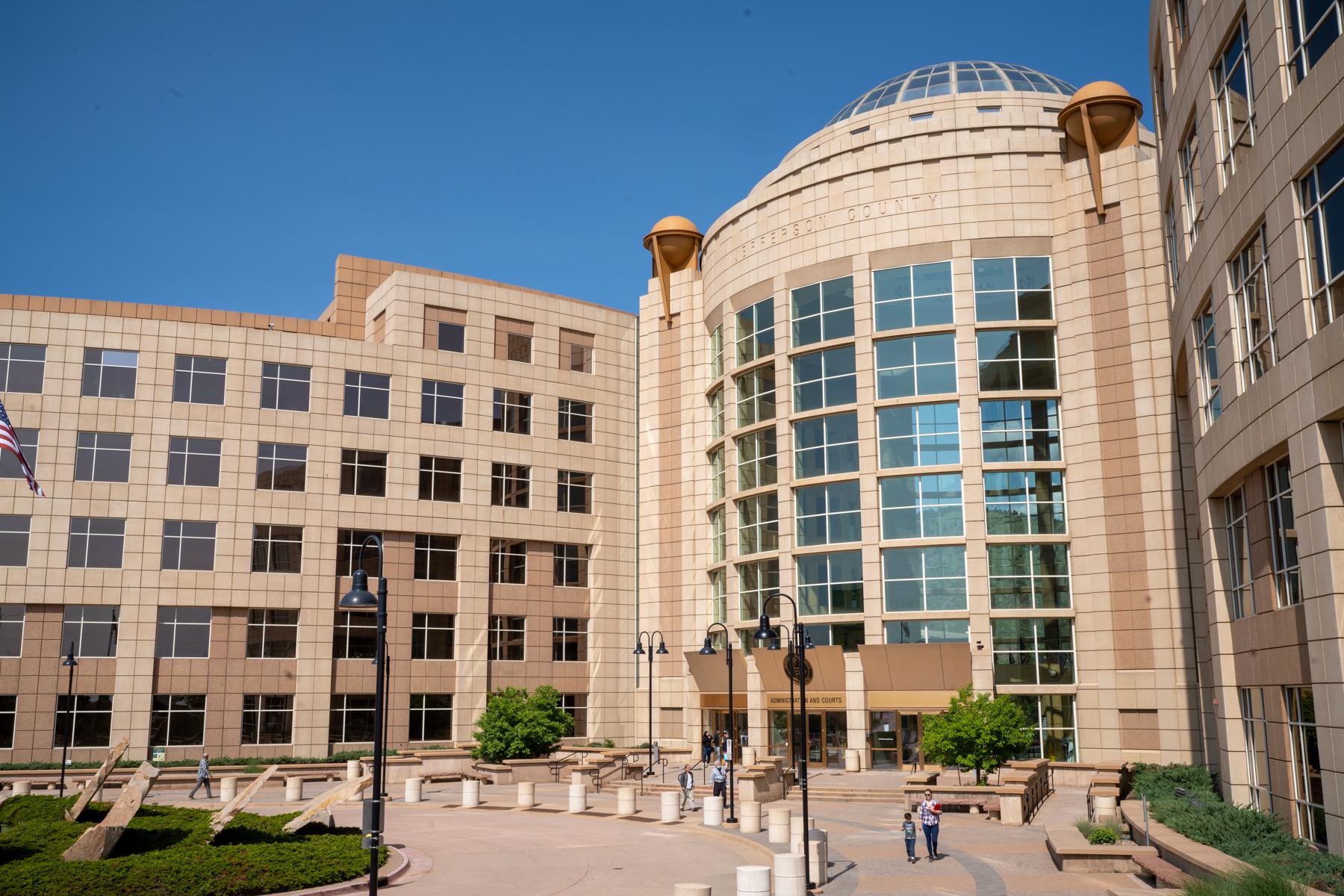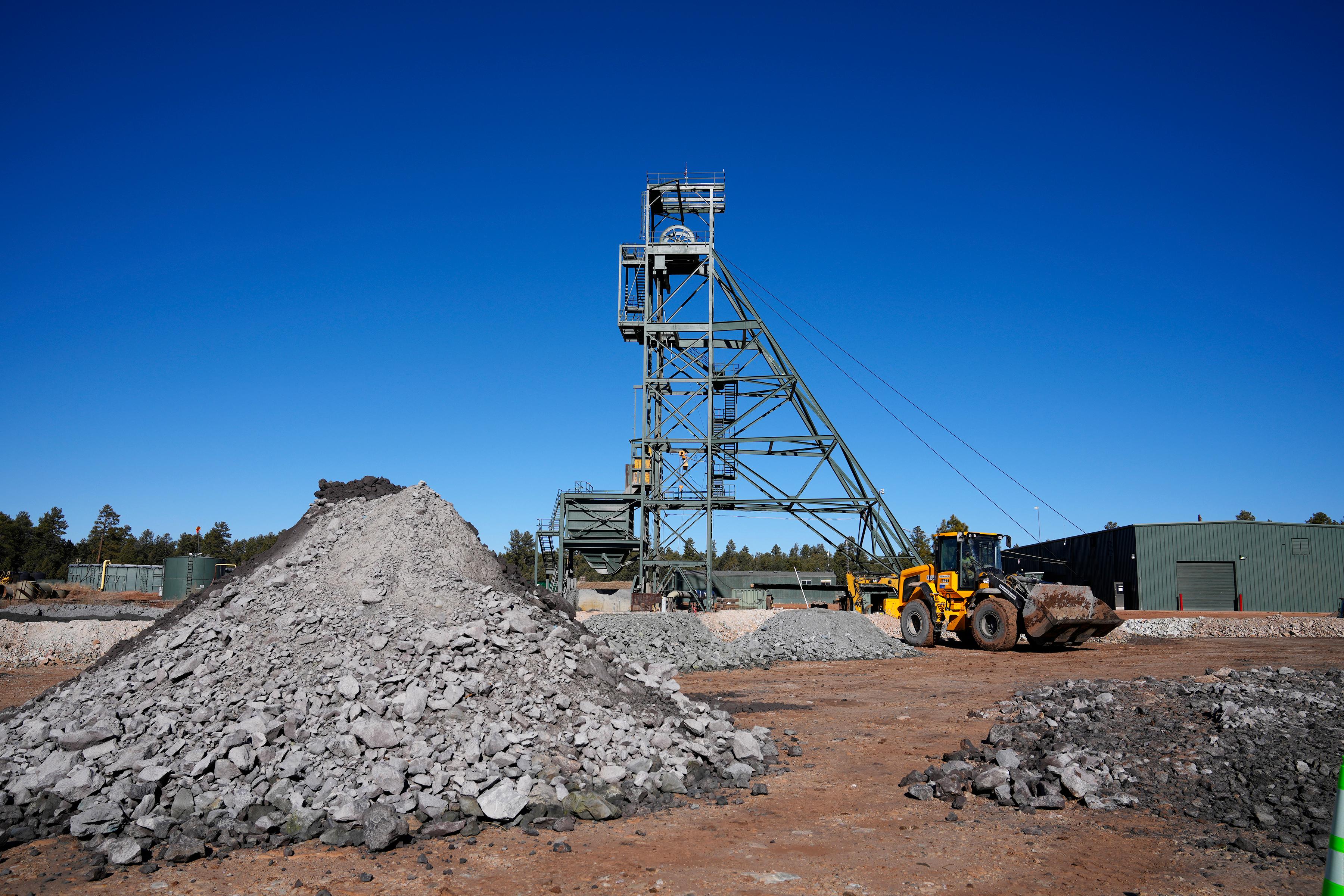
The Arapahoe at Village Center Station is the perfect example of how Greenwood Village has developed — and not developed — over the years.
A few times an hour, a light-rail train pulls up to a station platform near Interstate 25. From there, riders might walk to one of the tall, gleaming office buildings nearby. Perhaps they’ll head to Fiddler’s Green Amphitheatre, or visit the dancing water fountains.
“We've got beautiful plazas, we've got parks serving these areas, and we even have a Bellagio-style fountain with music and dancing water as just another amenity that is being put forth by businesses in Greenwood Village,” said community development director Derek Holcomb, on a tour of his domain.
But there’s one thing you won’t find much of here: high-density housing. Unlike the neighboring city of Denver, Greenwood Village hasn’t exactly encouraged the construction of high-rise apartments and other more intense residential density near its rail stations. Instead, the office towers here are largely ringed by parking lots, commercial strips, townhomes, and single-family neighborhoods.
Now, areas like this are at the center of a statewide fight over how Colorado should grow.
Democrats in the statehouse are close to passing a bill that could force cities like Greenwood Village to change their development policies and potentially allow the construction of thousands more housing units near rail lines and certain bus lines.
“HB-1313 will help our communities build more housing near transit and jobs, which ultimately will bring down the cost of housing and make it more livable,” said Aurora Rep. Iman Jodeh, one of the Democrats behind the measure, in an interview this winter.
The bill is in its crucial final stages, with Democrats in the Senate working to hammer out last-minute compromises over how far it will go, and how forceful it might be.
The upshot is that, if it passes, cities like Greenwood Village would have to rezone some of the land near transit lines to allow a minimum number of apartments, condos and other homes to be built. That number would be determined by just how many miles they have of rail lines and high-frequency bus lines.
Holcomb worries that it would undermine Greenwood Village’s ability to shape development. The city’s residents have long pushed back against denser housing, like apartment towers, fearing that it would add to traffic jams on Interstate 25 and the city's east-west streets.
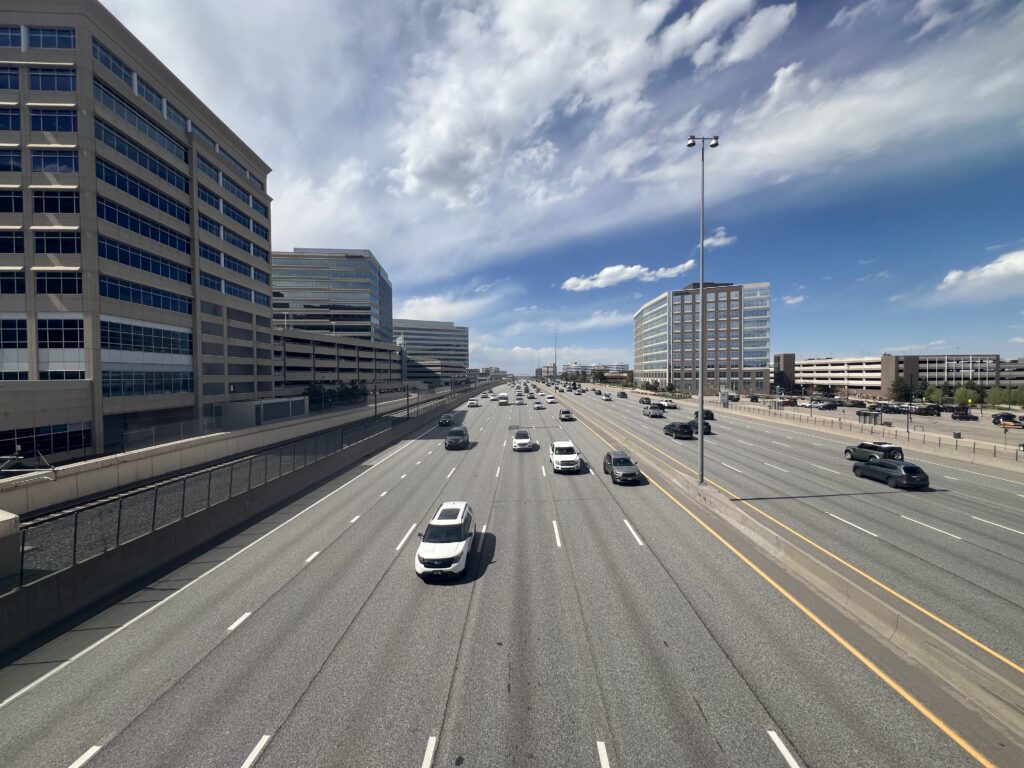
“This bill would require Greenwood Village to add 25,853 residential units, thereby increasing its population from 15,495 to 77,542. No public transportation nor infrastructure funds would be provided by the State to support this population growth,” warns Greenwood Village’s website in explaining its opposition to the bill.
That is an overstatement. As Holcomb readily acknowledges, the bill does not actually require the construction of units, so simply passing it would not actually quadruple the city’s population. Instead, it would come down to whether developers take advantage of new zoning rules to build denser projects.
In fact, Holcomb downplayed the idea that the bill would produce much direct change. He maintains that the city’s zoning is not what’s holding back density. There have been very few residential development applications along the transit and highway corridor, he said — and those tend to die off when the city warns them about the infrastructure costs they’ll have to pay.
But it’s been a far different result just up the light rail line in Denver, where the local government explicitly supports residential development near transit. The Belleview Station area has seen a burst of apartment and condo construction, and Holcomb worries that HB-1313 will lead developers to expect the same kind of density in Greenwood Village.
Other suburban cities have warned that they, too, could have to allow for thousands more condos and apartments. The bill calls for an average of 40 units per acre along affected transit corridors — that’s comparable to the condo-lined streets of northwest Denver. But cities would also have the option of instead focusing much denser development in smaller areas to fulfill the goals.
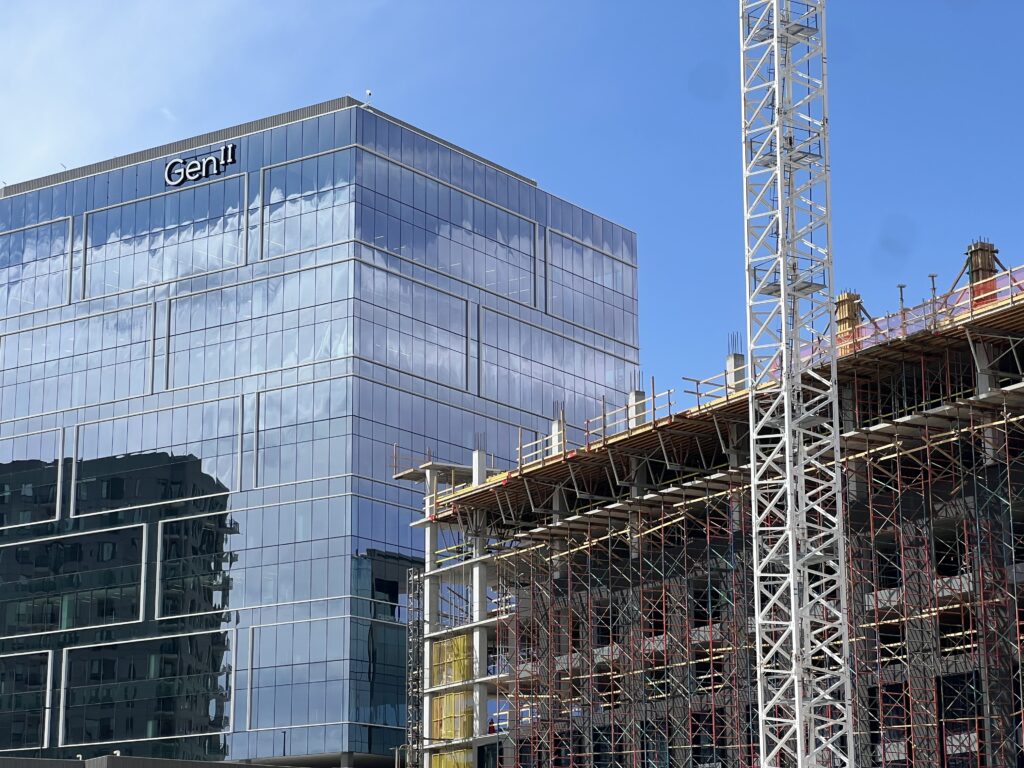
In Broomfield, officials estimate that they’ll have to allow 10,000 more units. There might not be enough demand to fill out all that “zoning capacity” — but the city estimated that developers would jump at the chance to add 1,800 more residences near Flatiron Station, which is served by the Flatiron Flyer bus line.
“We've been prioritizing attainable housing,” said Mayor Guyleen Castriotta. “We realized we need housing stock for all price points. And that's been our focus. But when you force development, when you force growth, it does come with a cost.”
The bill’s opponents are skeptical of the proposal’s central premise: that all those new residents will actually ride buses and trains, as opposed to putting more cars on local roads.
“If you were to try to [drive] past the Belleview and I-25 intersection anytime after 4:00 PM you'd understand exactly why we're so concerned,” Holcomb said, referring to the daily traffic jams that grip the area.
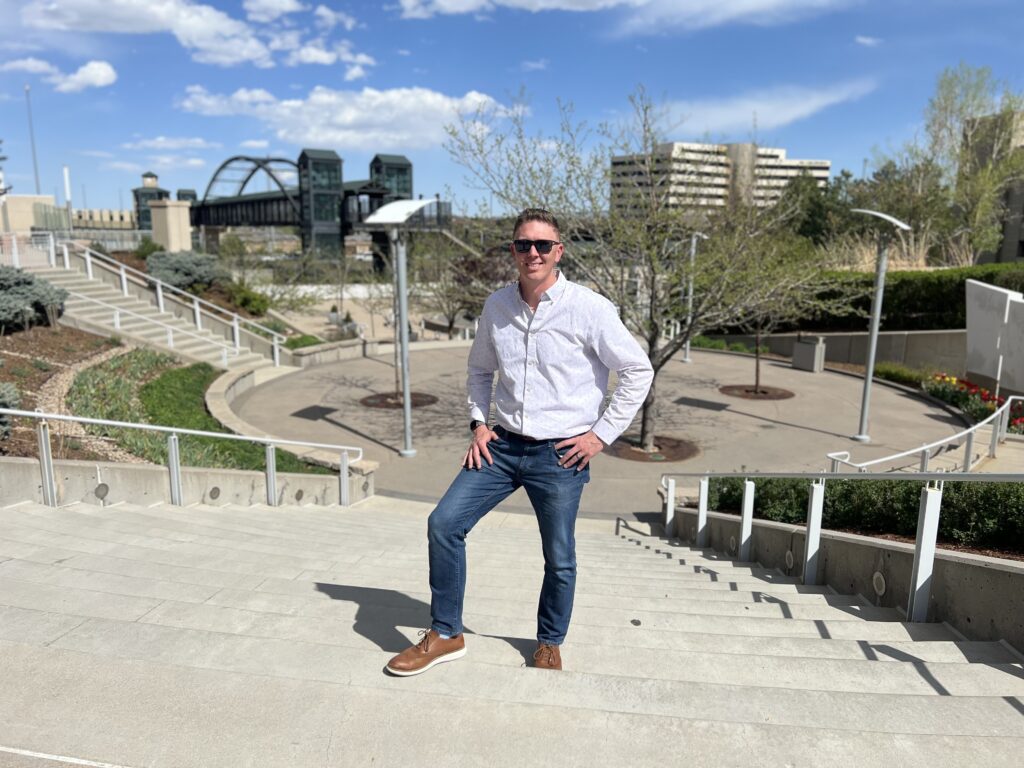
But supporters of transit-oriented communities say the effect will be the opposite. The state needs housing, and housing near transit is far more sustainable than exurban sprawl, they argue. Adding more residents will increase demand for transit, which will, in turn, allow RTD to offer more frequent and useful service — a potentially virtuous cycle.
“Ridership improves the transit network, which in turn improves the standard of living for those who can live by the transit system, the bus or the train,” said Rep. Steven Woodrow, a Democratic sponsor of the measure.
The proposal, which is a key focus for Gov. Jared Polis, is now in an intense final stage in the state Senate. With just over a week left in the legislative session, lawmakers are trying to hammer out the final details: How much power should the state have to actually enforce these new housing rules? Should it punish cities that refuse to comply?
Those issues could be settled at a crucial committee vote Tuesday, followed by debate on the Senate floor. If the bill does make it to the governor’s desk, it could be the biggest step yet toward giving the state more influence over how cities grow.

